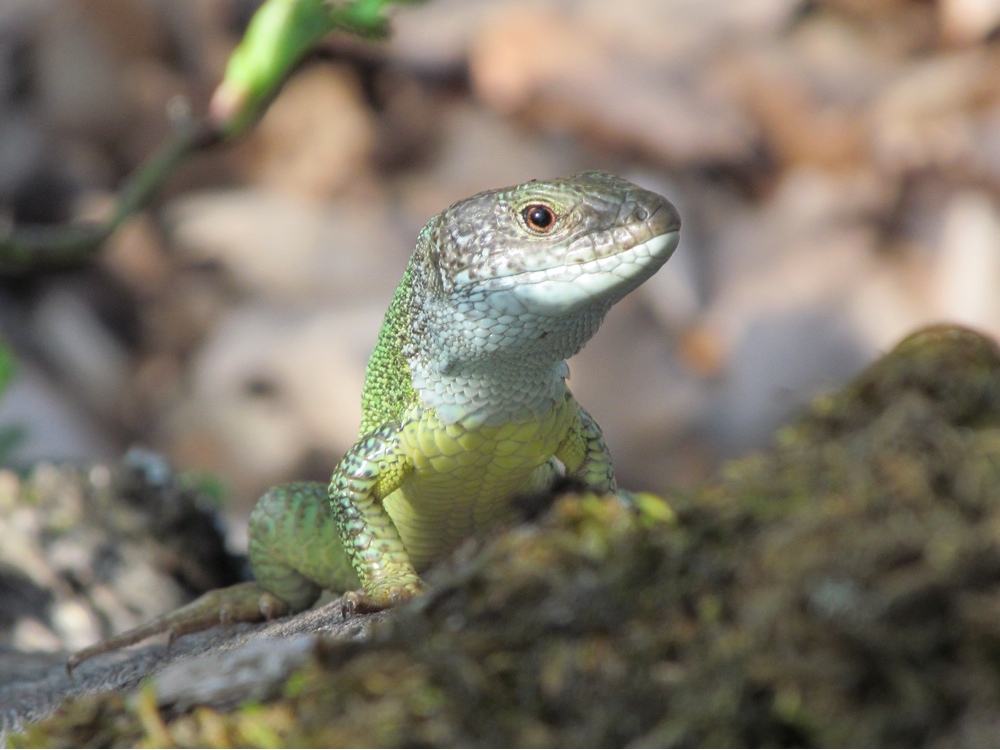Why Some Species Have More Females Than Males

Like an awkward junior-high birthday party, some animal species tend to have many more males than females or vice versa, and scientists have long wondered why. Now, they've figured out a key culprit: sex chromosomes.
An animal's sex is often determined by the sex chromosomes it inherits. The new research reveals that species with X and Y sex chromosomes, including mammals, generally have female-skewed populations, whereas species with the less familiar Z and W sex chromosomes have a sex ratio tilted toward males.
The proportion of adult males to adult females in a species, known as its adult sex ratio, can vary widely in nature. For example, scientists have known that among tetrapods — that is, four-limbed animals such as mammals, birds, reptiles and amphibians — birds possess male-skewed adult sex ratios, and mammals are usually female-skewed. Extreme ratios are seen in some marsupial species, in which the males die after the mating season, sometimes leaving populations made up entirely of pregnant females. [Animal Sex: 7 Tales of Naughty Acts in the Wild]
Unbalanced adult sex ratios can have profound effects on animal behavior, research has shown. In bird species dominated by females, the males have multiple female mates, and females care for the young. In contrast, male-leaning adult sex ratios are linked with females having multiple male mates, and males raising offspring.
"Other researchers have shown that in humans, population sex ratios predict violence, rape and marital infidelity," study co-senior author Tamas Szekely, an evolutionary biologist at the University of Bath in England, told Live Science.
For instance, studies of Makushi communities in southern Guyana, where the adult sex ratios can vary due to migration, have found that when men are in the minority, they prefer flings over long-term relationships.
To shed light on what might cause unbalanced adult sex ratios, researchers focused on the chromosomes that decide sex in species. In groups such as mammals and fruit flies, males have different sex chromosomes — X and Y. However, in groups such as birds and butterflies, females have different sex chromosomes — Z and W.
Get the world’s most fascinating discoveries delivered straight to your inbox.
The scientists analyzed 344 species of tetrapods. They found that species where females are the sex that has different sex chromosomes are significantly male-biased, with adult sex ratios slanting more than 55 percent male. In contrast, species where males are the sex that has different sex chromosomes are significantly female-biased, with adult sex ratios slanting more than 56 percent female.
The cause of these imbalances remains uncertain. One possibility is that whichever sex has two different sex chromosomes is less likely to survive to birth. Another possibility is that whatever sex has two different sex chromosomes might have a lower chance of surviving to adulthood after birth. Birds and mammals tend to have relatively balanced birth sex ratios, so the researchers suggested that in these groups, whichever sex has two different sex chromosomes may suffer a higher rate of mortality after birth.
Future research might focus on fish. "They have several different kinds of sex determination systems," Szekely said. "Hopefully, other researchers will take up this challenge."
Szekely; study co-senior author András Liker of the University of Pannonia in Veszprém, Hungary; and their colleaguesdetailed their findings in the Oct. 8 issue of the journal Nature.
Follow Live Science @livescience, Facebook & Google+. Original article on Live Science.



